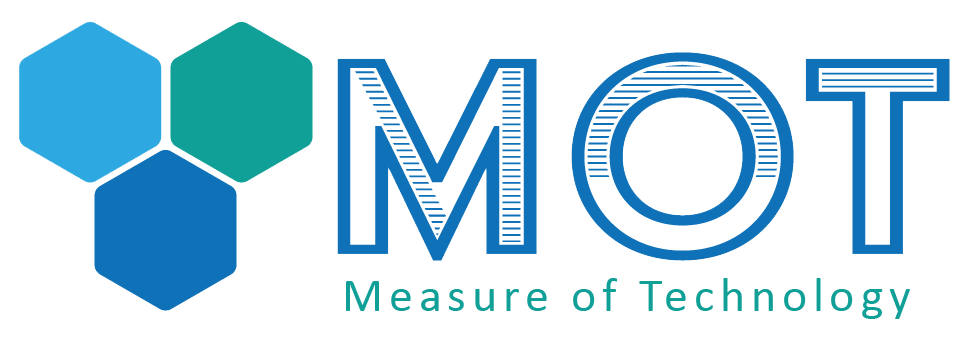Punycode Phishing: A Rising Threat in Cybersecurity
by Rowan Turner - Wed 17 Jan 2024In the ever-evolving landscape of cybersecurity, businesses and individuals are constantly navigating new challenges. One such challenge is Punycode phishing, a sophisticated cyber attack method that exploits the way internationalised domain names (IDNs) are encoded.
Understanding Punycode and Its Role in Phishing Attacks
Punycode is a method used to encode domain names with Unicode characters, allowing non-ASCII characters to be used in web addresses. While this was developed to support diverse languages online, it has also opened doors for cybercriminals. Attackers use Punycode to create web addresses that appear legitimate but are, in fact, deceptive. For instance, a domain might look visually similar to a well-known brand's website but is actually a different domain when decoded.
The Deception of Homograph Attacks
These deceptive domains are part of homograph attacks, where characters from different scripts (like Cyrillic) are used because of their visual similarity to Latin script characters. This can make a Punycode-encoded URL appear to be a trusted domain. For example, a Cyrillic character that looks like an English "a" might replace the actual "a" in a popular domain name. To the untrained eye, the URL looks safe, leading to a higher risk of users inadvertently accessing malicious sites.
Prevention and Mitigation Strategies
1. Browser Vigilance: Modern browsers have some defences against these attacks, but their effectiveness can vary. For instance, while Google Chrome and Safari might translate these obfuscated characters into their Punycode format, other browsers might not be as efficient. Ensuring that you are using the latest versions of browsers with updated security features is crucial.
2. Educating Users: It's important to educate employees and users about the nuances of Punycode phishing. They should be trained to scrutinise domain names carefully and be wary of clicking on links in emails, especially from unknown sources.
3. Using SSL Certificates: SSL certificates, particularly Organisation Validation (OV) and Extended Validation (EV) certificates, provide a layer of security. They not only ensure an encrypted connection but also verify the authenticity of the company associated with the website. Users should be educated to recognise the types of SSL certificates and understand the level of security each type offers.
4. Regular Audits and Monitoring: Regularly monitoring network traffic and analysing logs can help in detecting suspicious activity, including access to Punycode domains. This proactive approach aids in identifying potential threats before they cause harm.
5. Implementing Security Protocols: Ensuring that security protocols and cyber defense mechanisms are in place is key. This includes employing firewalls, anti-malware tools, and intrusion detection systems that can help identify and block malicious activities.
While Punycode phishing presents a significant threat, awareness, education, and the use of appropriate security measures can greatly reduce the risk of falling victim to these attacks. Staying informed about the latest cyber threats and defence strategies is essential for maintaining robust cybersecurity in an ever-changing digital world.
For help and advice please feel free to call our team on 01935 411319, or email support@markone.co.uk.


